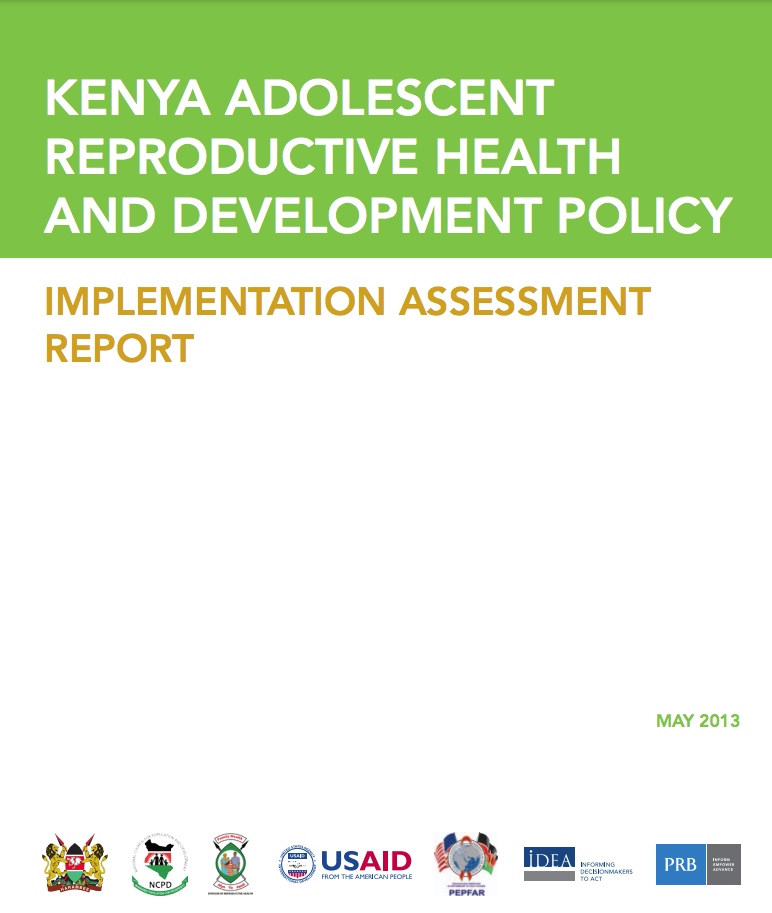Japan’s Demographic Future
(2010) The phrase "1.57 Shock" was widely used in Japan 20 years ago in reaction to the lowest fertility rate in the country's history.
(2010) The phrase "1.57 Shock" was widely used in Japan 20 years ago in reaction to the lowest fertility rate in the country's history.

“If we lose public trust in our data sources, it doesn’t matter the data that we collect,” Jordan said.

Project: Demography and Economics of Aging and Alzheimer’s Disease
As the large baby boomer population ages, the total number of people with dementia in the United States will rise.
(2008) Sub-Saharan Africa remains the "last frontier" of fertility decline. Throughout the developing world (including China), the average number of children per woman has dropped from around six in 1965 to just about three today.

(2013) Developed in 2003, the Adolescent Reproductive Health and Development (ARHD) Policy was the first in Kenya to focus on improving the reproductive health and well-being of adolescents and youth.1 Ten years since the policy was developed, Kenya has experienced much advancement and change in the social, economic, and political environment for ARHD.
(2007) New poverty estimates from the U.S. Census Bureau's Current Population Survey show that about 36.5 million Americans—12 percent of the population—lived in poverty in 2006. While poverty rates continue to vary widely by subgroup and region, longer-term trends point to a growing convergence in poverty levels among minority groups and for people living in different parts of the country.1